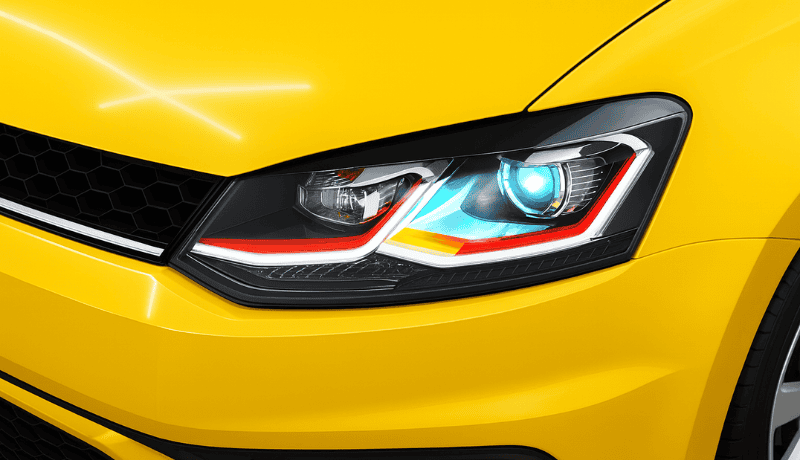LED headlight bulbs are popular due to their bright and long-lasting illumination, but they are not immune to wearing out over time. If you notice that your car’s headlight bulbs are getting dimmer earlier than expected, then you are doing something wrong.
In this blog, we will cover 5 reasons why LED headlight bulbs dim over time and how to prevent it from happening to ensure a safe and well-lit driving experience. So, let’s dive in!
Reason 1. Degradation of LED Bulbs
Degradation of LED bulbs refers to the decrease in the luminous power of the bulb. It is an ongoing process in which the light output starts to decrease with time due to usage. Think of it as the process of aging, where we start to look old as we age, and our skin loses its shine and elasticity.
Degradation of LED bulbs could be natural or due to heat-induced deterioration. Natural degradation is something we can’t control. Over time, the materials that make up the LED bulb degrade naturally, resulting in a reduction in light output. Even the best LED bulbs will eventually lose their brightness due to components’ natural wear and tear.
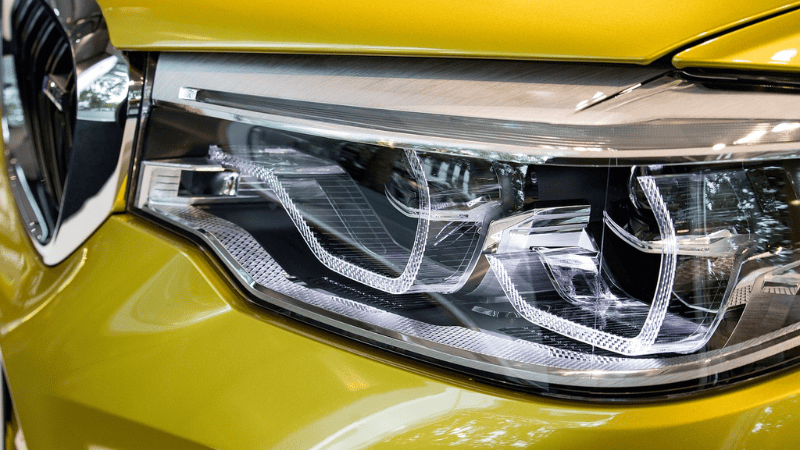
The other condition is heat-induced deterioration. When you turn on LED headlights, they will generate heat, which is natural. However, if that heat is not dissipated, it can result in premature degradation of the LED bulbs. This situation is common in tightly enclosed LED headlights where airflow is limited. This limitation increases the temperature, which causes faster degradation.
In the United States, the LED lights are assigned an L70 rating. According to the L70 rating, the quantity of visible light emitted must fall below 70% of its original intensity. Note that the LED continues to emit light below the 70% threshold; however, it may no longer serve its intended purpose effectively.
Solutions:
- Ensure proper heat management using fans or other methods for proper heat dissipation.
- When driving during the daytime, double-check if the headlights are off or not.
- Don’t keep your headlights on when the car is off, as it can lead to overworking the bulbs.
- Regularly inspect and replace any damaged wiring or connections in the headlight system.
Reason 2. Lens and Housing Degradation
This reason often results from Oxidation. In modern cars, the headlights are made of polycarbonate plastic rather than glass. While it may have benefits, this material is prone to environmental changes. For example, the sun’s UV rays. They may cause the polycarbonate material of the lens to oxidize and form micro-cracks. When exposed to sunlight, they turn into yellow cracks. This yellowing hue is not directly tied to the performance of the LED bulb itself, but it significantly impacts overall light output.
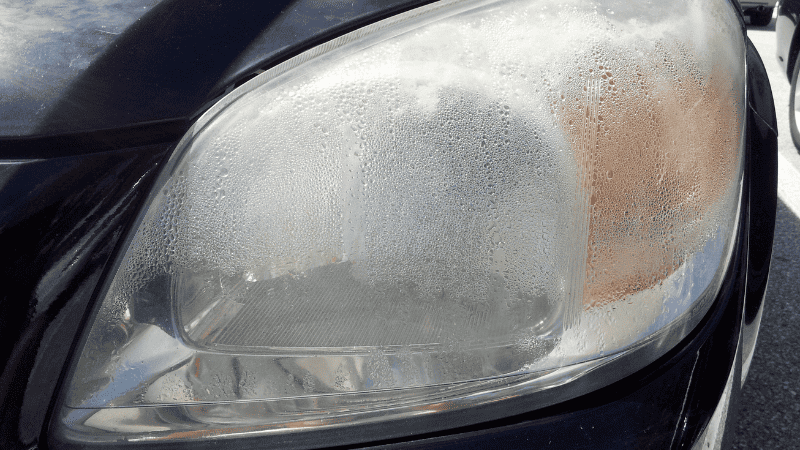
The same is the case with harsh weather conditions. If you live in an area or regularly drive to a place with harsh weather conditions like rain, snow, or high heat, it will also increase the oxidation process. All these factors can lead to lens and housing degradation, which directly results in dim headlights.
Solutions:
- Clean your headlights regularly using a non-abrasive cleaner to reduce the chances of scratches.
- Apply a UV-protectant sealant to your headlight lenses to protect them from UV rays.
- Use headlight covers to take your headlight bulb protection to another level.
- If oxidation has already started, consider a headlight restoration kit. These kits help remove the outer oxidized layer and restore the clarity of the lens.
Reason 3. Electrical and Wiring Issues
Dim bulbs don’t always signify a problem with the bulbs themselves. In many cases, it is the wires that result in dim headlights. We all know that the car’s headlights are connected to the car’s engine through clusters of wires. This connection makes a complete circuit inside the car where a single wrong connection or loose wire could disturb the current flow, eventually leading to dim headlights. In more severe instances, this can extinguish the lights entirely, leaving us with headlight bulb replacement as the only option.
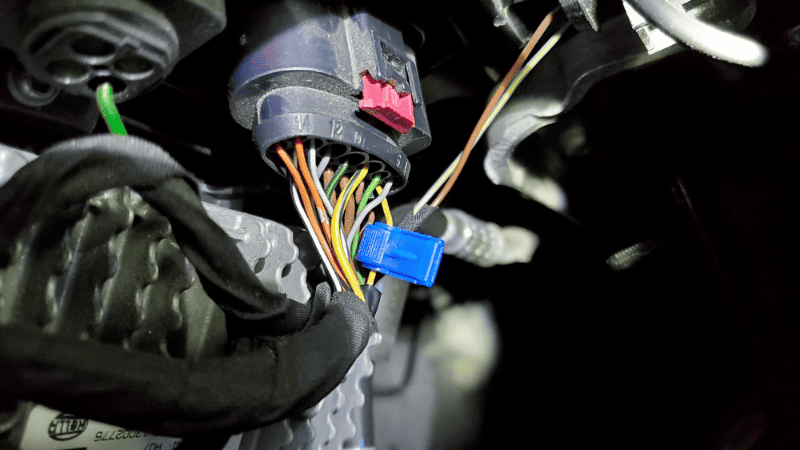
Sometimes, the issue is with the connection, while sometimes, the voltage creates a mess. When the voltage supply is not adequate or consistent, the headlight bulbs will either fluctuate or show intermittent dimming. The same is the case with wiring and connection. Over time, the wires become loose or corroded. Both situations make the headlights dim because the electricity flow isn’t consistent throughout the electrical components.
Another possible issue is the use of poor-quality wiring harnesses or damaged wiring. These two situations can also result in a reduced current reaching the light bulbs, causing them to shine less brightly.
Solutions:
- Regularly monitor the wires and ensure there are no loose connections.
- Check for any damaged wires and replace them ASAP so you don’t damage your LED fog lights.
- Check for corroded or dirty battery terminals and clean them if necessary.
- Get a voltage regulator or stabilizer to maintain consistent voltage flow to LED light bulbs.
Reason 4. A build-up of Dirt and Debris
Now, this is an often overlooked factor, but it is equally important than other factors discussed. Everyday use of a car means you take it outside, and it is prone to dirt and dust. And if you live in a place where dust and harsh weather conditions are your friends, the chances of dirt and debris build-up are close to 100%.
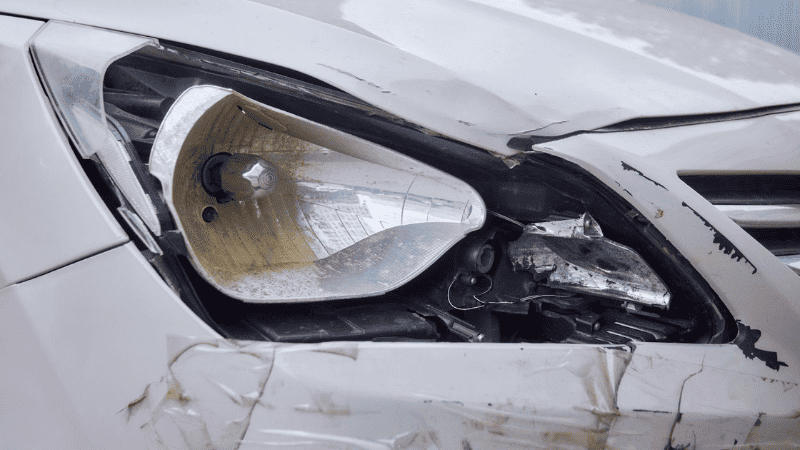
Here’s how it goes. As you drive, your car is exposed to dust, mud, road salts, and even tiny, abrasive particles the wind carries. Over time, these particulates can collect on the surface of your headlights, forming a layer that obscures the light output. Certain types of debris, such as road salts, can be corrosive. If left unchecked, this can damage the headlight lens physically, further reducing the light output. They even impact cars with incandescent bulbs or even halogen bulbs.
Debris can also scatter the light output, causing it to spread in different directions. As a result, you will notice that your car lights are dim. Internal debris, caused by cracks or failed seals, can result in moisture. This internal fogging can also diffuse the light from the LED bulb, making it appear less bright.
Solutions:
- Clean your headlights regularly using a microfiber cloth.
- Use a protective coating on your headlights to prevent dirt and debris from sticking.
- Get specialized headlight cleaning kits to help remove stubborn grime and debris without damaging the lens.
- Baking soda and vinegar are somewhat effective, environmentally-friendly DIY solutions for cleaning foggy headlights by efficiently dissolving dirt, grease, and debris.
- Look for cracks and replace the headlights entirely to avoid further light-dimming problems.
Reason 5. Poor Quality or Faulty LED Bulbs
Not all LED bulbs are created equal, and poor quality or faulty bulbs can often be the source of your dimming problem. Substandard LED bulbs can suffer from many issues impacting the light performance.
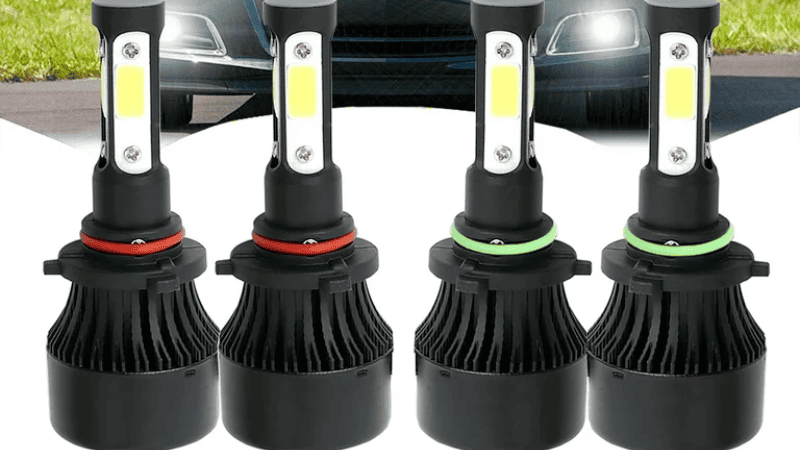
For example, low-quality LED bulbs may not be designed to handle the heat generated during operation well, leading to premature degradation and reduced brightness. Cheaper LED bulbs may also use inferior components that can fail quickly or do not perform optimally, resulting in inconsistent or insufficient light output.
Surprisingly, even high-quality LED bulbs are not immune to faults. Sometimes, there are manufacturing defects or damage that the bulbs take during shipping or installation. Such situations may also lead you to headlight dimming.
Solutions:
The only solution to this problem is choosing a reliable manufacturer or supplier, like Carlightvision. Since 2008, we have been tirelessly committed to meeting the growing public demand for high-quality headlights at prices that won’t break the bank. Drawing from our 15 years of industry experience, we pride ourselves on our in-house product development, ensuring our high standard.
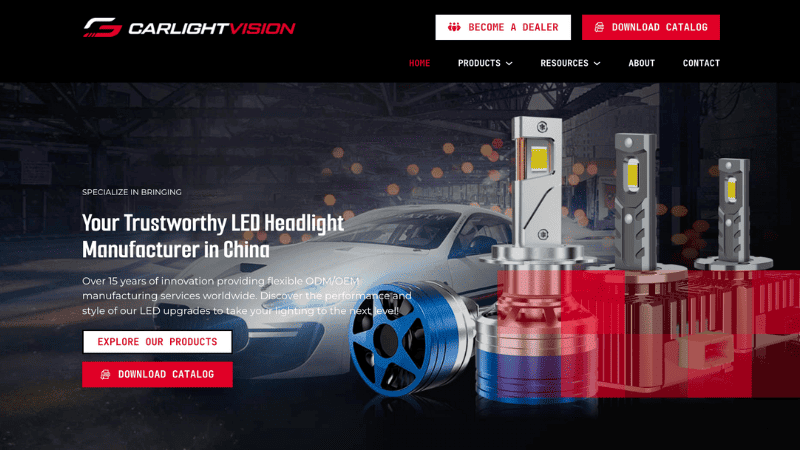
With our reach extending to over 100 headlight brands across dozens of countries, we’ve established ourselves as a global leader in the automotive lighting industry. Say goodbye to dim headlights and hello to a brighter driving experience with Carlightvision.
Conclusion
So, the brightness of your LED headlights is influenced by various factors, from electrical issues and dirt build-up to the bulbs’ quality. Regular inspection and maintenance and high-quality LED bulbs can ensure that your headlights perform optimally. Remember that bright and efficient lighting not only enhances the aesthetics of your vehicle but is also a crucial safety feature for night-time or adverse weather driving. So, stay observant and proactive, and ensure your car’s lights shine bright for a safer, smoother driving experience.
In case you are still using HID bulbs or traditional incandescent bulbs in your headlights, it might be time to switch to LEDs. Why? Check out our 6 Key Benefits of LED Headlights in Vehicles.
No More Dim Headlights With Carlightvision’s LEDs
Get yourself the best high-lumen LED headlights from Carlightvision and say goodbye to LED dimming problems. With over 100 headlight brands and a vast collection of headlights, you will never run short of LED headlights that will not dim when you are on your way to a long, late-night drive. So, visit our website and get the best LED headlight for your vehicle that will never let your car down on even the darkest roads!




